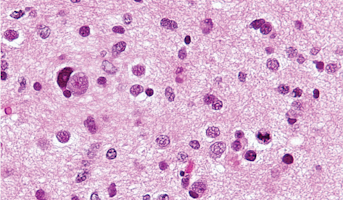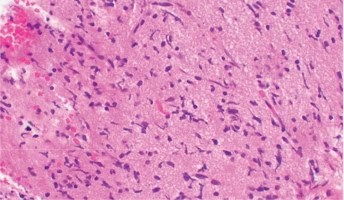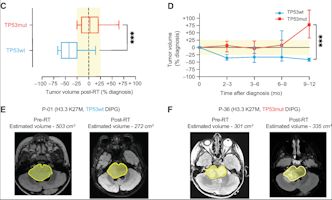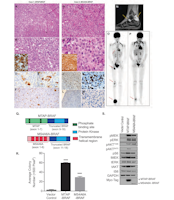Payal Jain
Philadelphia, PA USA
Children’s Hospital of Philadelphia

About
Children's Hospital of Philadelphia
Payal Jain is a research scientist responsible for basic and translational research to identify targeted therapeutics for treating pediatric low-grade gliomas (PLGG), with a focus on elucidating molecular mechanisms of response to therapy and subsequent resistance. She also seeks to understand the oncogenic role of both gene fusion partners in distinct PLGG gene fusions, focusing on a mechanistic understanding that would eventually lead to testing novel therapeutics, including small molecule inhibitors and subsequent resistance in PLGG patients. Payal uses relevant in vitro assays, cellular model systems and in vivo mouse preclinical models to answer scientific questions. She is also involved in writing scientific manuscripts and building a standard workflow to streamline our research efforts into a high-throughput process utilizing large-scale sequencing data generated by the D³b center.
Payal joined CHOP in August of 2016. She earned a B.Tech in Biotechnology from Amity University in India before completing a MA in Biotechnology from Columbia University in New York, NY. Payal completed a PhD in Biomedical Sciences at the University of Pennsylvania.
Expertise
Clinical Research

Children’s Hospital of Philadelphia
scientific
Projects

Data
Ongoing
Genomic Landscape of Mixed Glial Neuronal Tumors
Mixed Neuronal-Glial Tumors (MNGT) are a benign category of tumor associated with seizures. Using the Pediatric Brain Tumor Atlas, researchers will analyze MNGT in hopes of guiding the development of treatments and predictive assessments.
DNET

Lea F. Surrey

Specimen
Ongoing
MET Alterations in DMGs
Recent work has pointed to dysregulation of a cellular process called the mesenchymal-epithelial transition (MET) as a driver for diffuse midline gliomas (DMGs). This project will further explore this dysregulation in an effort to identify new therapeutic targets for DMGs.
HGG, DIPG

Payal Jain
research
Interests

High-Grade Glioma
High-grade Gliomas (HGG) or astrocytomas in children nearly always result in a dismal prognosis. Although novel therapeutic approaches are currently in development, preclinical testing has been limited, due to a lack of pediatric-specific HGG preclinical models. These models are needed to help test

Low-Grade Glioma
Low-Grade Gliomas also called astrocytomas are the most common cancer of the central nervous system in children. They represent a heterogeneous group of tumors that can be discovered anywhere within the brain or spinal cord. Although surgical resection may be curative, up to 20% of children still su

Diffuse Intrinsic Pontine Glioma
A presumptive diagnosis of DIPG based on classic imaging features, in the absence of a histologic diagnosis, has been routinely employed. Increasingly however, histologic confirmation is obtained for both entry into research studies and molecular characterization of the tumor.[5] New approaches with


